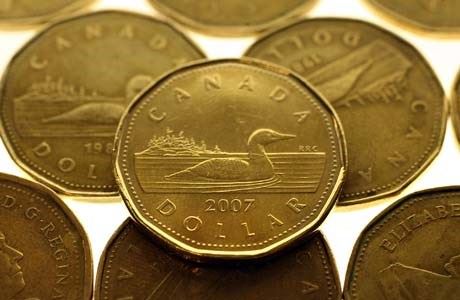Prince Edward Island and Nova Scotia can expect to see solid economic growth this year, while New Brunswick’s economy is projected to contract, according to The Conference Board of Canada’s Provincial Outlook: Spring 2016 .
Highlights
- This year, P.E.I. and Nova Scotia should see real GDP growth of 2.3 per cent and 1.5 per cent, respectively.
- New Brunswick’s economy is expected to contract by 0.4 per cent in 2016.
- Only four provinces are expected to see real GDP growth above 2 per cent this year: British Columbia, Ontario, Manitoba, and P.E.I.
The commodity price slump will continue to hurt the economies of Newfoundland and Labrador, Saskatchewan, and Alberta. The wildfires in northern Alberta will have a short-term economic impact but rebuilding efforts will lift real GDP in 2017.
“Strength in P.E.I. and Nova Scotia’s construction and manufacturing industries are supporting solid economic growth in both provinces,” said Marie-Christine Bernard, Associate Director, National Forecast. “New Brunswick, on the other hand, is facing many challenges, including a steep decline in mining output, which is forecast to fall by almost half this year.”
Prince Edward Island should see strong growth this year and next. Real GDP growth in 2016 is forecast at 2.3 per cent, mainly the result of a solid construction and housing sector. Also propping up the Island’s economy this year is the expected increase in manufacturing, which continues to be driven by a competitive Canadian dollar and solid international demand. Strong growth in these areas is projected to cover the weakness in government spending, which is holding back growth as the province looks to balance its books by 2017–18, a deadline that Budget 2016 pushed out by one more year.
Nova Scotia’s real GDP is set to increase by 1.5 per cent in 2016, thanks to its strong manufacturing sector. Demand from south of the border and the competitive advantage of a weaker Canadian dollar will keep fuelling demand for manufactured goods from the province, such as tires and food products. Further contributing to the positive outlook for the province’s economy is the construction sector, which is expected to grow by 2.8 per cent in 2016, as work on the Nova Centre in downtown Halifax and the $1.7 billion Maritime Link Transmission Project runs until 2017. However, mineral fuels production continues to weigh down growth in the mining sector, forecast to drop by 16.6 per cent this year.
New Brunswick’s economy is expected to contract by 0.4 per cent this year. The unexpected shutdown of the Piccadilly potash mine is wiping out potash mining and providing a significant blow to the province’s mining sector. The ramp up of production at the Caribou zinc, lead and silver mine will not be enough to fill gaps in the sector. Overall, mining output is expected to fall by 42.8 per cent this year. On a more positive note, the forestry sector is expected to make strong gains over the next two years thanks to demand from the U.S. Overall, the weak economic prospects will lead to 3,000 jobs being lost, keeping the province’s unemployment rate at 9.8 per cent over the next two years.






1
Log In or Sign Up to add a comment.- 1
arrow-eseek-e1 - 1 of 1 itemsFacebook Comments